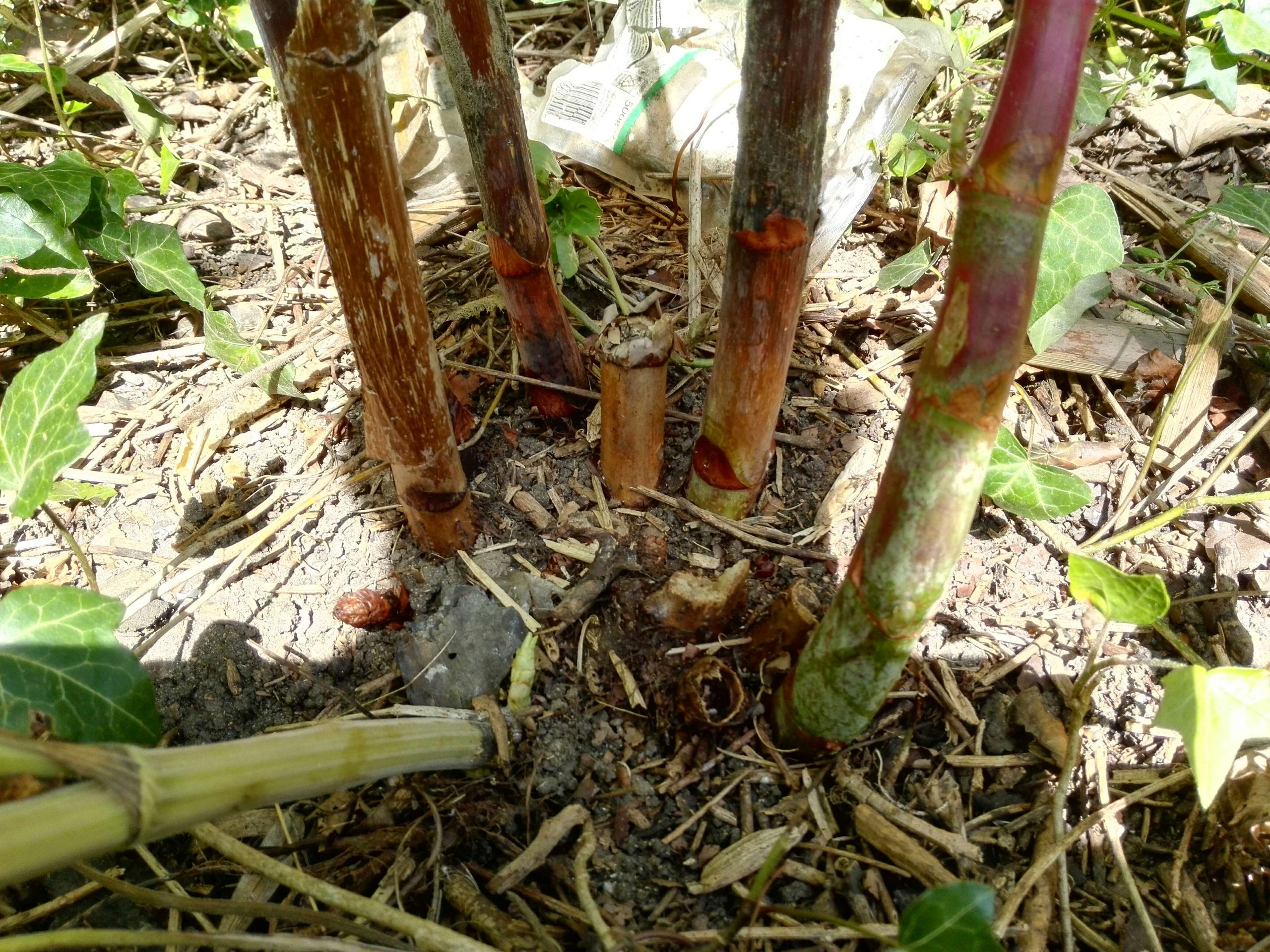PROJECT EXAMPLE: Removal of knotweed from development site for Linden Homes
Linden Homes (part of the Galliford Try Group) acquired a working farm in Southampton for re-development into residential housing. We were instructed to undertake a survey of the site to inspect for Japanese knotweed and found two stands of knotweed, one on-site and one off-site. The developer provided us with a proposed development plan which we used to plot the knotweed locations upon. We advised Linden Homes that the knotweed required excavation to enable the development works to proceed.
The developer did not wish for the knotweed to be relocated, buried or processed/managed on site, so our proposal was for full excavation and landfill disposal of the knotweed. To address the knotweed that was present on the neighbouring land we would install a vertical root barrier to the boundary to separate the clean site soils from those containing knotweed rhizome on the neighbouring land.
Protecting the natural habitat
The contract was delivered in two phases because one of the knotweed location works were delayed allowing for slow worm monitoring, capture and relocation. Whenever endangered protected species are encountered, we work with the ecologist and client to factor the implications into our invasive species remediation programme. This can mean implementing a different method or programme of works, such as delaying until protected species can be relocated and/or working more slowly under the supervision of an ecologist.
Thorough extraction
On this site, the rhizome depth was recorded as going no deeper than 1.5m from ground level due to the soil structures present. Our team had to accurately identify the vertical and lateral extent of the knotweed’s underground rhizome system during excavation to ensure its complete removal. Using spray marking they traced the knotweed rhizome through the ground, a digger-bucket at a time, until all visual traces of knotweed plant material were removed. The knotweed contaminated soils equated to 694 tonnes of controlled waste which was removed from site via 38 waste lorry loads. The volume of waste and cost to the client would have been significantly greater without our specialist team meticulously only removing the soils containing knotweed, and not undertaking cover-all bulk excavation practices. All works were completed in 7 working days on site, spread over two separate phased attendances due to the presence of protected species.
Protecting future property sales
To ensure there would be no issues with future house sales, the location of where the knotweed was removed from, plus a 7 metre surrounding treatment zone benefited from an Insurance Backed Guarantee. This meant that any new build properties that fall within the 7 metre treatment zone area would be able to benefit from their own insurance policy specific to the new build property. On this site 4 new build plots fell within the treatment zones and we provided these properties with a policy. These guarantees are often required by the developer to aid the sale of the properties and enable the buyer to obtain lending to purchase.


